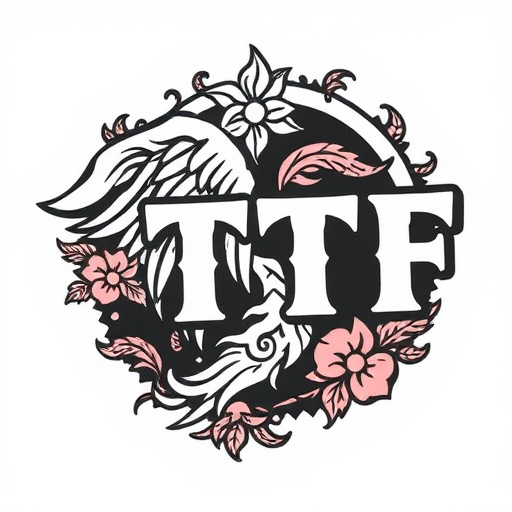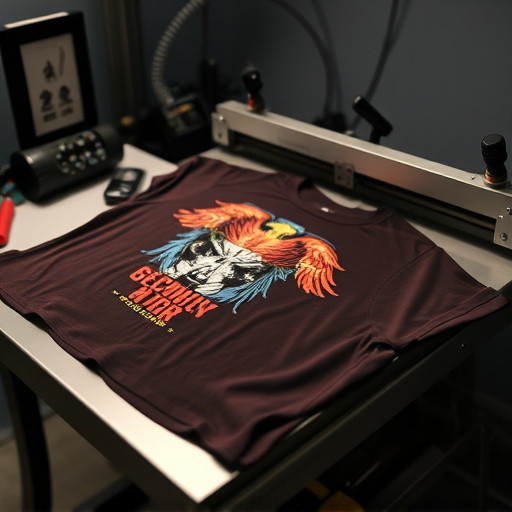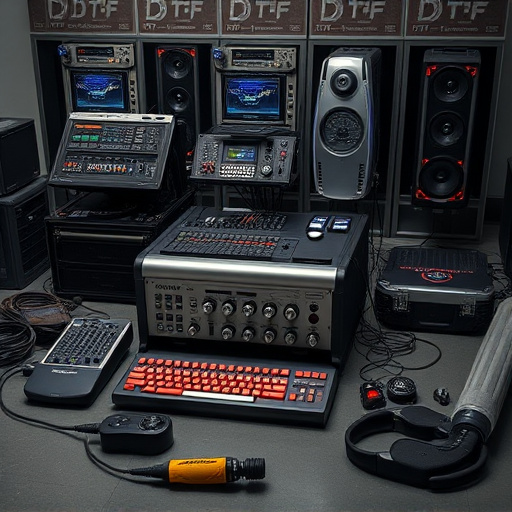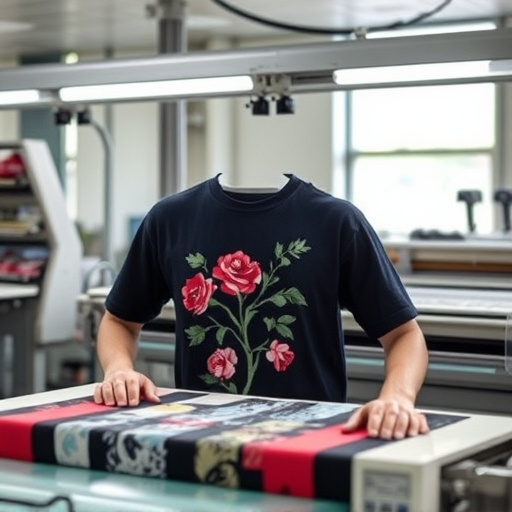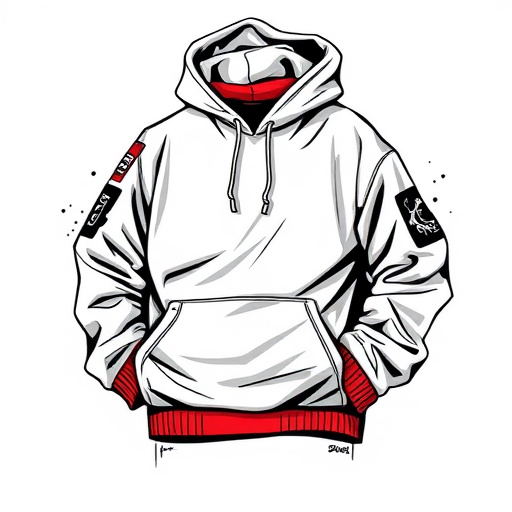DTF (Direct to Fabric) small orders clients value custom products, speed, quality, and cost-effectiveness. Suppliers should build trust by offering quick turnaround times, transparent pricing, and flexible customization without compromising quality. Effective project management involves clear communication about order size, design complexity, and material choices, setting achievable deadlines including drying times for high-quality DTF apparel. Transparency in the DTF printing process, suitable materials, design limitations, and outcome expectations builds trust and aligns expectations.
Managing expectations is crucial when working with DTF (Down to Fetch) small orders clients. This article provides a strategic roadmap to ensure successful collaborations. By understanding the unique needs and motivations of DTF small orders clients, you can set realistic project scope and deadlines. Clear communication about outcomes and limitations builds trust and guarantees client satisfaction. Adopt these practices to optimize your workflow and deliver exceptional results in this dynamic environment.
- Understanding DTF Small Orders Clients
- Setting Realistic Project Scope and Deadlines
- Communicating Clear Outcomes and Limitations
Understanding DTF Small Orders Clients

DTF (Direct to Fabric) small orders clients are typically businesses or individuals who operate on a smaller scale, often focusing on customized products with personalized designs. These clients usually have specific needs and expectations when it comes to speed, quality, and cost-effectiveness. They value the ability to create unique, on-demand items, such as custom dtf transfers for clothing or accessories, using efficient methods like heat press technology.
Understanding their motivations and constraints is key to setting realistic expectations. These clients might be looking for quick turnaround times and a best dtf printer that can deliver high-quality results consistently. They appreciate transparency regarding pricing and lead times, as well as the flexibility to customize orders without compromising on quality. By catering to these needs, you can build trust and foster long-term relationships with DTF small orders clients.
Setting Realistic Project Scope and Deadlines

When working with DTF (Direct-to-Fabric) small orders clients, setting a realistic project scope and deadlines is paramount to ensure client satisfaction and efficient workflow management. Begin by clearly understanding the client’s needs and expectations. Discuss the size of the order, the complexity of design details, and material choices. For instance, if the client requests custom DTF printing for hoodies, communicate that turnaround times might vary based on these factors.
Set deadlines that are both achievable and reasonable, considering your production capacity and any potential unforeseen challenges. In the case of DTF for apparel, it’s crucial to account for drying time after application to ensure long-lasting, high-quality results. This transparency in project scoping and timeline management fosters a professional relationship with clients who value punctuality and quality in their DTF transfer orders.
Communicating Clear Outcomes and Limitations

When communicating with DTF Small Orders clients, it’s crucial to set clear expectations regarding outcomes and limitations. Begin by outlining the process of dtf printing for light fabrics, ensuring they understand the suitable materials and design complexities. Clearly state that while custom t shirts are a primary service, bulk DTF shirt production might not be feasible for their order size, given the nature of the technology.
Highlight the potential outcomes, such as vibrant colors and intricate designs on smaller orders, but also mention limitations like print resolution and material compatibility. Being transparent about these factors fosters trust and prevents post-production disappointments. By setting realistic expectations, you can manage client expectations and ensure a positive experience for both parties, even with the unique requirements of DTF small orders.
When working with DTF small orders clients, setting clear expectations is key to fostering a successful collaboration. By understanding their needs, defining realistic project scopes, and communicating transparent outcomes along with limitations, you can build trust and meet their unique demands effectively. This approach ensures both parties are on the same page, leading to higher client satisfaction and more meaningful projects.






